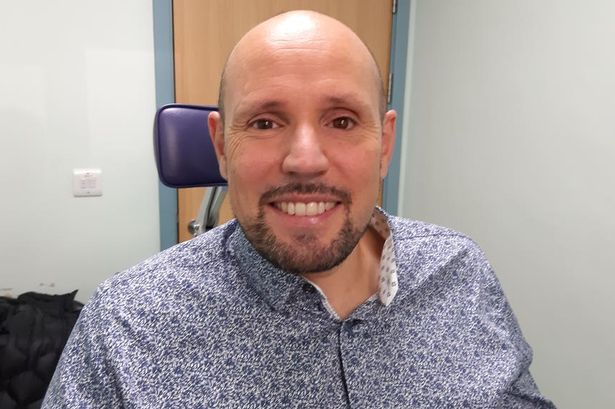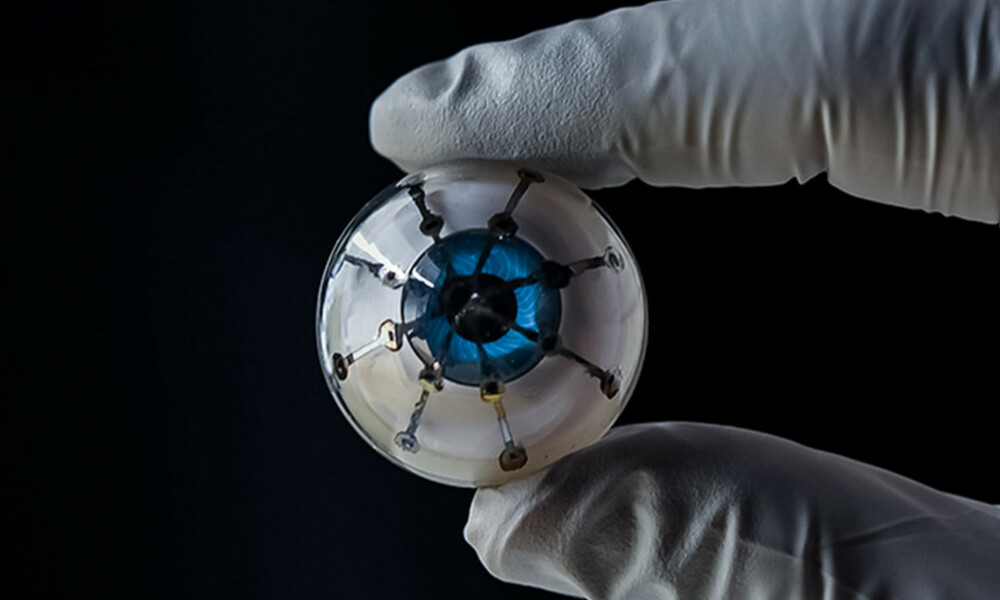
A patient from an eye hospital in Moorfields becomes the first-ever recipient of a 3D-printed eye. Here’s all you need to know about the digitally printed prosthetic eye.
How is a 3D-printed eye better?

Unlike traditional acrylic prosthetics, getting a 3D-printed eye does not involve invasive procedures for molding the eye socket. The demand for prosthetic eyes is high among children either due to underdeveloped eyes or accidents. Hence making it easy for children who need prosthetics. The regular procedure entails going under general anesthesia due to the pain involved. Additionally one has to wait for just four to five months but, due to the pandemic, there is a small lag. However, 3D printing can also help in speeding up the procedure. Additionally, the eye is a ‘true biomimic’, making it more realistic and clearer.
Each eye socket is unique. The current procedure involves hand painting and several steps in its manufacturing that takes about six weeks. However, 3D printing cuts the manufacturing time by half. Once a patient’s eyes are scanned, the software maps out a model of the eye socket and sends it to the 3D printer in Germany. Both eyes are scanned, ensuring a perfect match. The 3D printer in Germany prints the prosthetic in just 2.5 hours. The eye is then sent to an ocularist who will polish, finish and fit the eyes. Unlike the traditional procedure, this just takes two to three weeks.
More on the first patient

Steve Verze, a 40 something-year-old engineer from Hackney, London is the first person to get a completely digital eye. He first tried the 3D-printed eye on November 11 beside a regular acrylic prosthetic. “I’ve needed a prosthetic since I was 20, and I’ve always felt self-conscious about it. When I leave my home I often take a second glance in the mirror, and I’ve not liked what I’ve seen. This new eye looks fantastic and, being based on 3D digital printing technology, it’s only going to be better and better”, said Verze.
“We are excited about the potential for this fully digital prosthetic eye. We hope the forthcoming clinical trial will provide us with robust evidence about the value of this new technology, showing what a difference it makes for patients. It clearly has the potential to reduce waiting lists.” said Professor Mandeep Sagoo. Professor Sagoo is a Professor of Ophthalmology and Ocular Oncology at UCL. He is also the clinical head for the trial of the prosthetic eye at Moorfields Eye Hospital.






